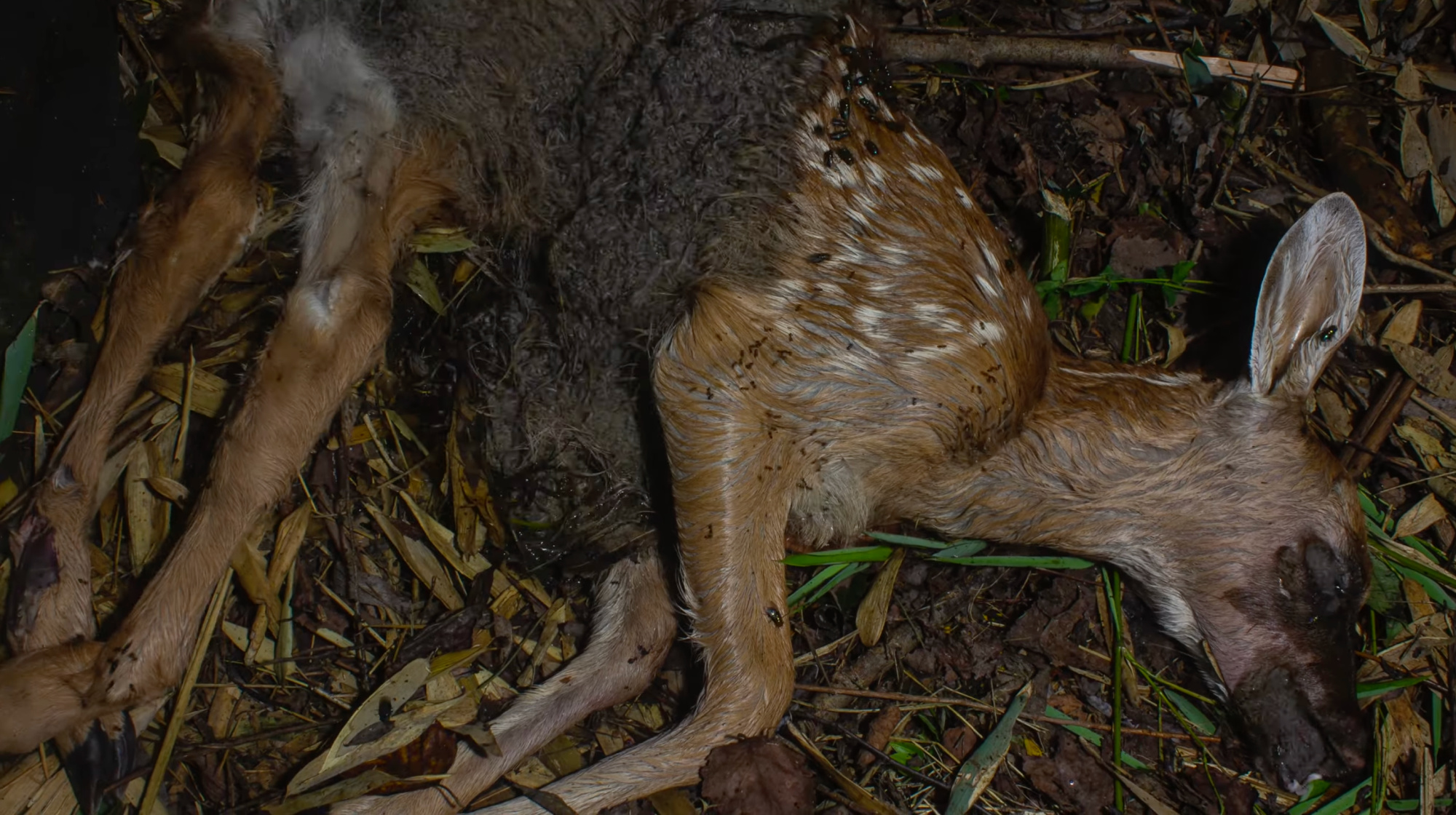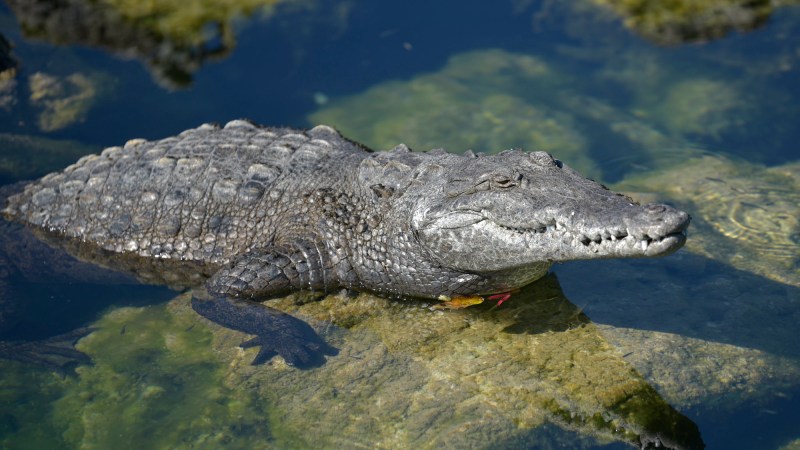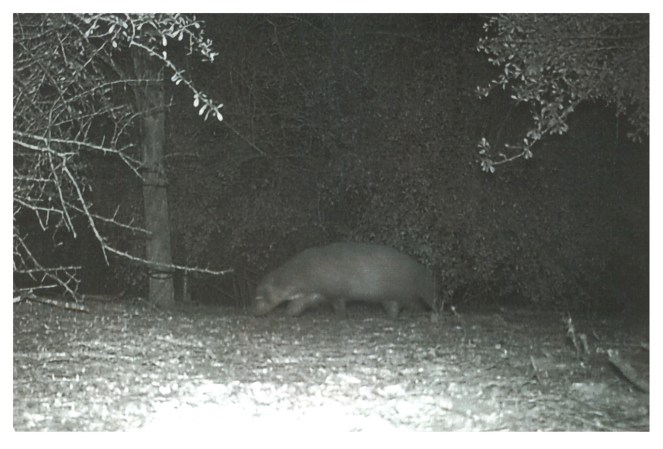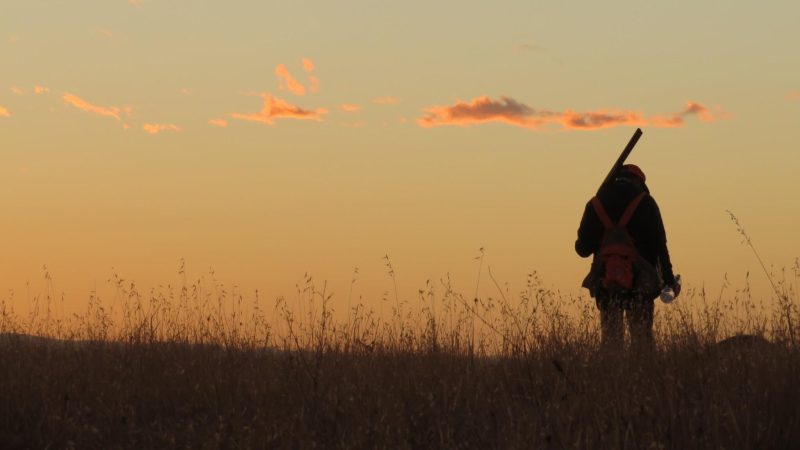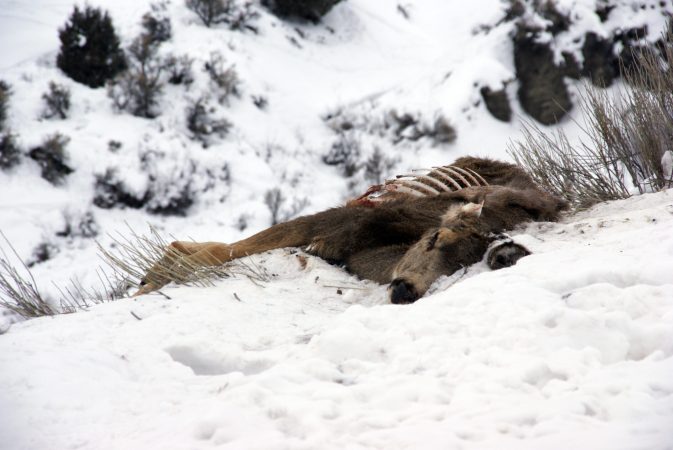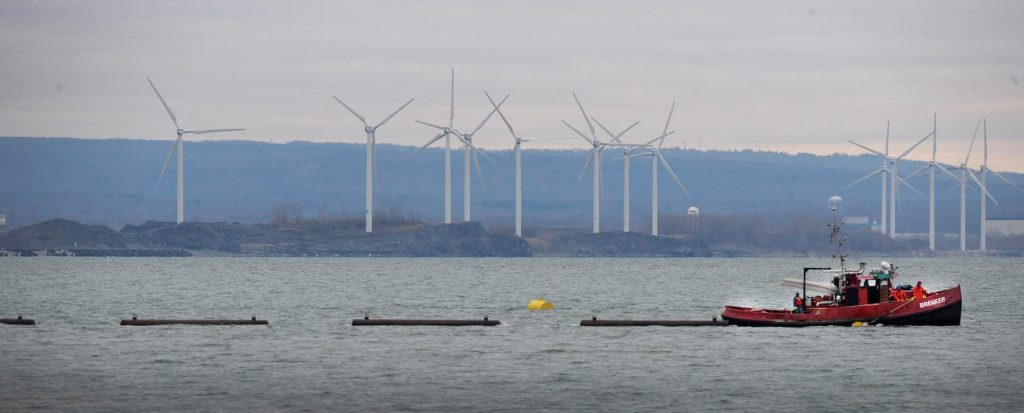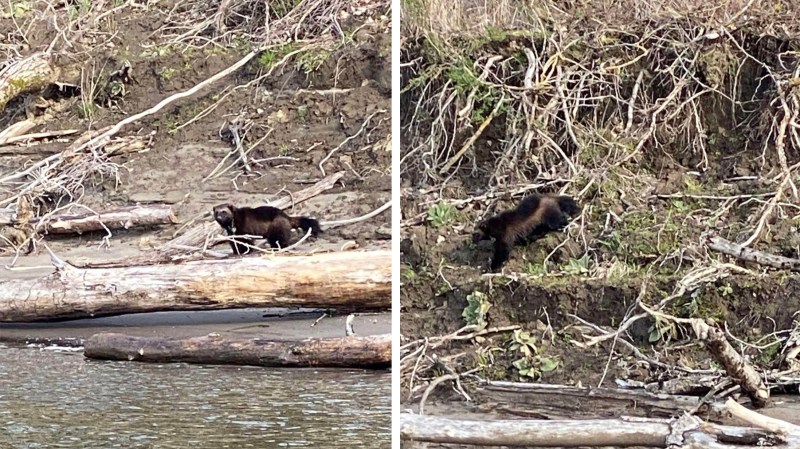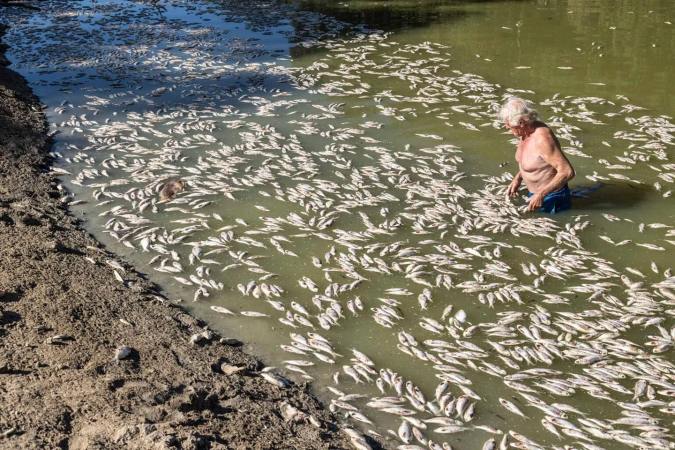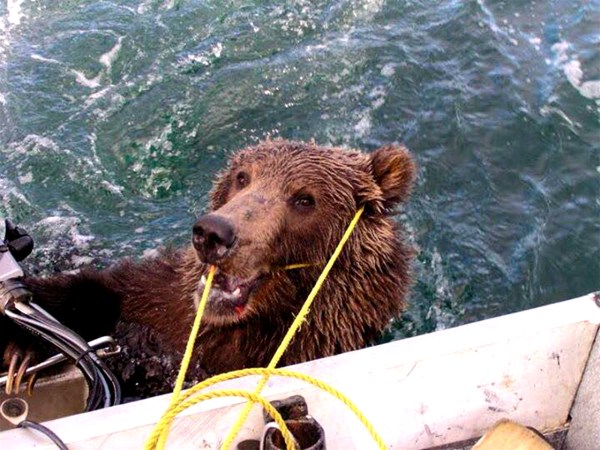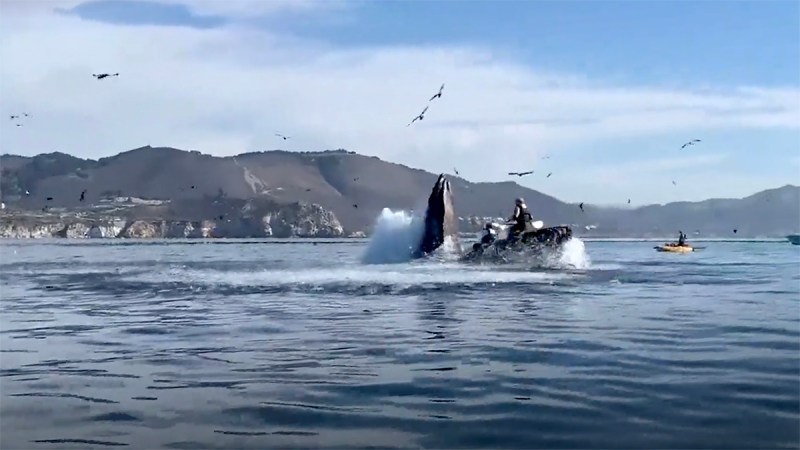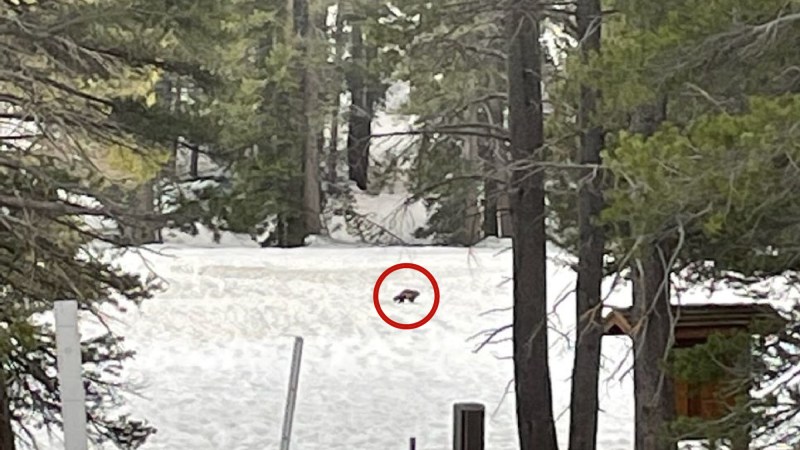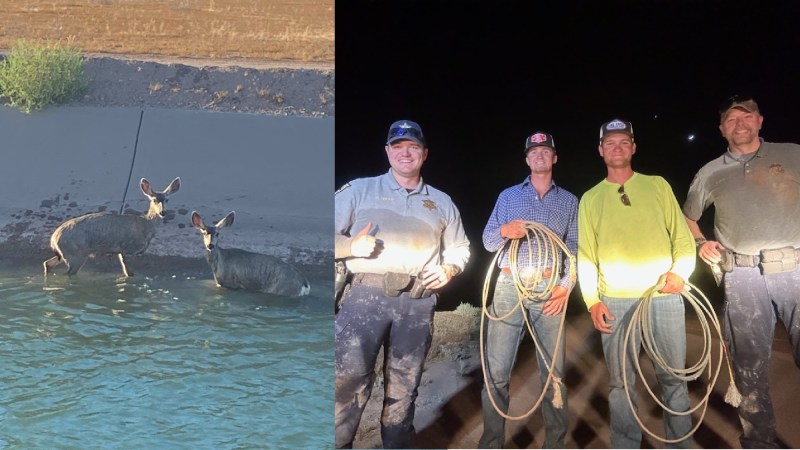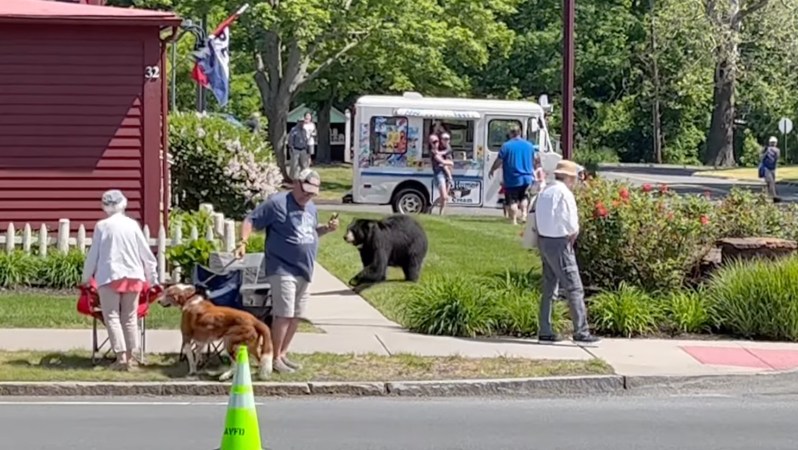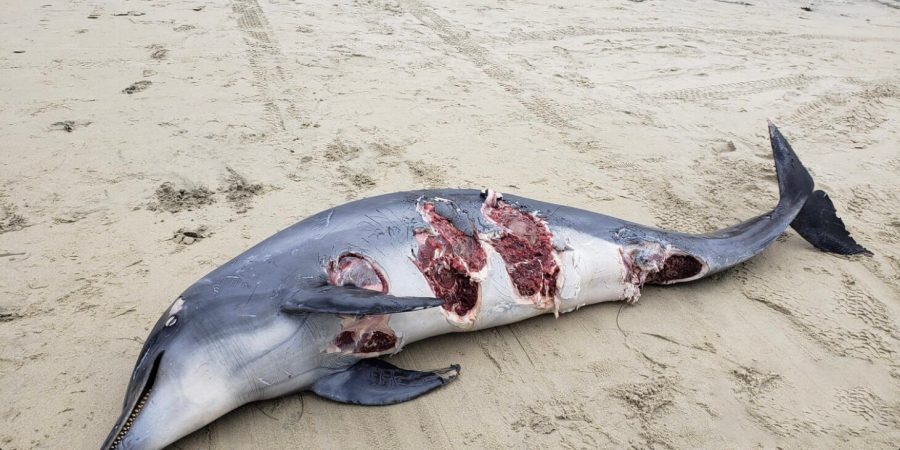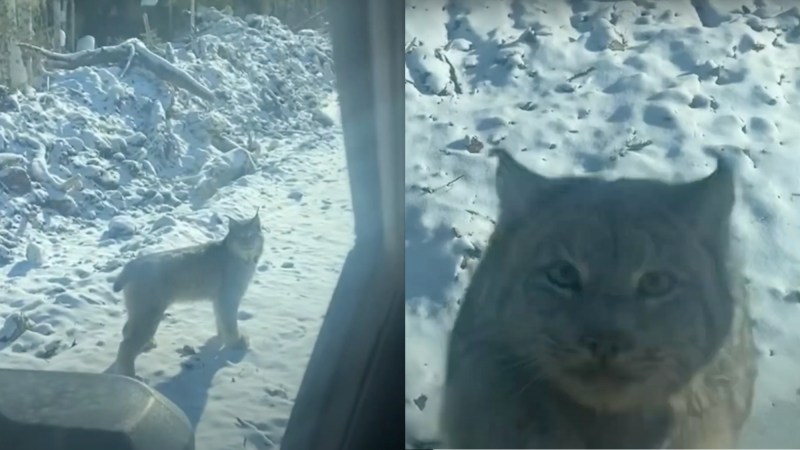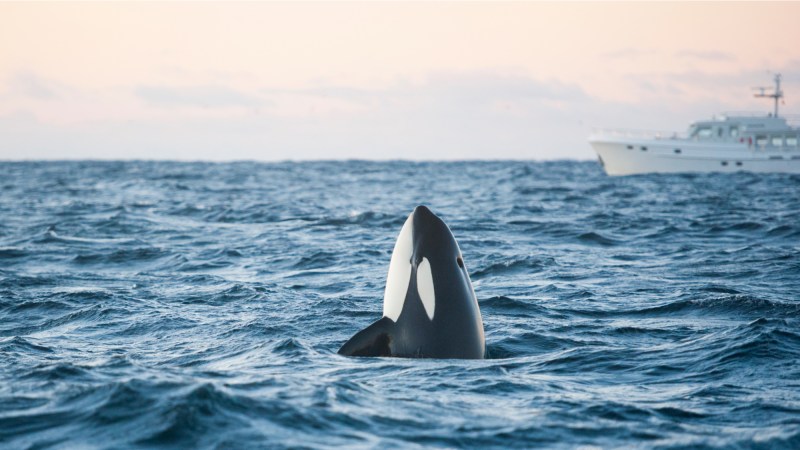Timelapse videography can make nature look especially cool. It’s easy to fall down a rabbit hole on YouTube watching mushrooms sprout or weeds grow. The videos are beautiful because they make us think about what’s happening in the world around us, the little things we move too fast to see. But can you really call a video of millions of maggots reducing a fresh fawn carcass to bone and hair “beautiful?” Well, that’s for you to decide.
Timelapse videographer Owen Reiser originally posted the footage two years ago, but popular Instagram page Nature Is Metal reposted it Thursday. The video, shot in southern Illinois just east of St. Louis, starts with a grim sight: a whitetail fawn whose lower half has been mangled by a vehicle collision. Almost instantly, things start changing. Bugs swarm the whole carcass, from the face to the gut pile and open wound where the fawn was clearly struck. Roughly four seconds in, the eyeball bursts. Nature’s custodians start working overtime at this point, completely transforming the entire body from an intact specimen to a pile of fur, bone, and…er…maggot excrement.
“I was mostly surprised at how quick the process was—only five days in the humid Midwest summer,” Reiser tells Outdoor Life, explaining that he saw the carcass on the side of the road and decided to build a timelapse set-up around it to document the process. “I believe the majority of the work was done by blowfly larvae, with several species of carrion beetles pitching in as well.”
Blowflies look very similar to common black flies, but with a blue-green or bronze tint. They lay their eggs in rotting meat and other organic matter, making dead flesh an inextricable part of their life cycle. For that reason, they are often one of the first species to come in contact with animal carcasses. The bugs worked so voraciously that they even overtook some of Reiser’s equipment.
Read Next: Those White Grubs in Your Deer’s Nose Are Just Botfly Larvae. Don’t Panic
“The maggots got everywhere,” he says. “[They] crawled up the tripods and eventually ruined one of my cameras completely, and partially ruined the other one.”

As you could imagine, the comments on the videos ranged from green-faced sick emojis to philosophical musings on death to remarks on the efficiency of nature. (If something eventually eats the animal, is it really wasted?) Some pondered what the whole scene must have smelled like. Reiser can answer that one.
“It’s hard to describe how bad it smelled—like a piece of shit had diarrhea.”
Watch the extended timelapse in 4k above.

